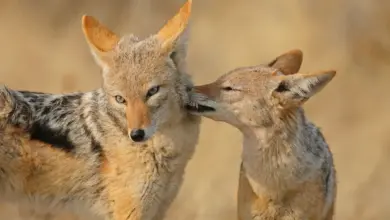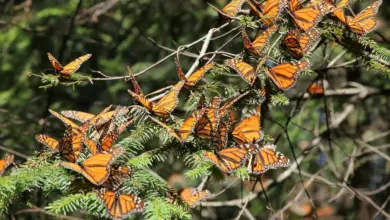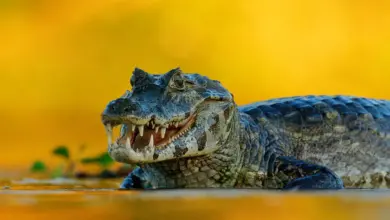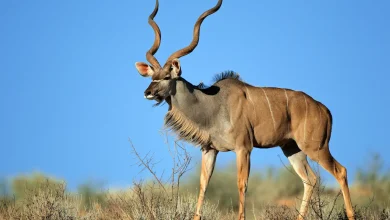What Eats Krill?
What Eats Krill? What Do Krill Eat?
Krill are small, shrimp-like crustaceans that are a key part of the marine food chain. They are found in all oceans of the world and are extremely abundant, with estimates of over 500 million tons inhabiting the Southern Ocean alone.
But what exactly are krill, and what role do they play in the marine ecosystem? In this article, we will examine what eats krill as well as what krill eat themselves.
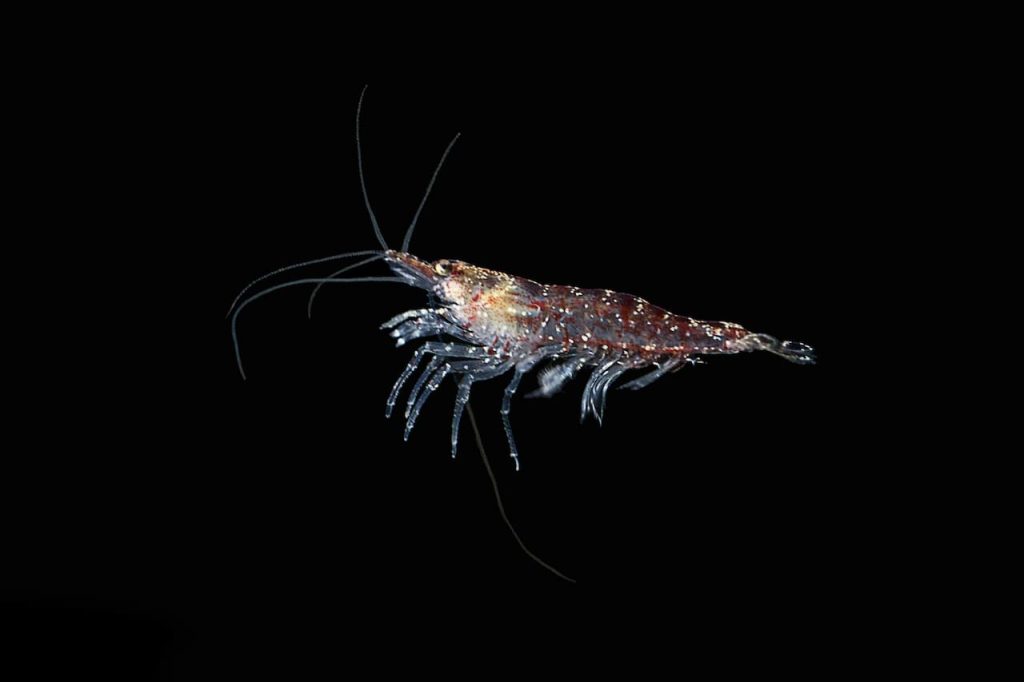
What are Krill?
Krill are tiny, shrimp-like creatures that belong to the crustacean family Euphausiidae. There are over 80 species of krill, the most common being Euphausia superba or Antarctic krill. Krill are filter feeders and get their name from the Norwegian word “kriel,” meaning “small fry fish.”
They tend to swarm in huge numbers, known as “blooms,” and congregate in deeper, colder waters during the day, rising to the surface at night to feed. Krill vary in size from about 1-6 cm long as adults. They are a key part of the Antarctic and global marine ecosystems.
Major Predators of Krill
Krill make up the diet of many larger marine animals. Here are some of the major predators of krill in the oceans:
Whales
Many species of baleen whales rely on krill as their primary food source. These include blue whales, minke whales, humpback whales, and gray whales. The baleen plates in their mouths allow them to scoop up and filter huge amounts of krill-filled water.
Some whales may consume over 4 tons of krill per day. Many whale migrations follow the seasonal movements of krill swarms.
Penguins
Penguins are also major krill predators. Species like the Adelie penguin of Antarctica depend on krill for over 90% of their diet. A single Adelie penguin can consume around 130 grams of krill per day. Penguins use their speed and agility in the water to prey on krill swarms.
Seals
Seals are another key predator of krill. Crabeater seals in Antarctica consume primarily krill, eating up to 5,000 to 7,000 individual krill per day. Their specialized teeth allow them to filter feed on krill. Other seal species, like leopard seals and fur seals, also feed on krill.
Fish
Many fish species prey on krill, especially in their larval stages. Krill are a major food source for fish like cod, basking sharks, mackerel, and pollock. Smaller fish eat the juvenile and larval stages of krill, while larger predators consume adult krill.
Squid
Squid are another significant krill predator. Antarctic squid species rely on krill for up to 50-80% of their diet. They use their tentacles and suckers to capture individual krill. Squids move up in the water column at night to take advantage of the krill that rise to the surface.
Seabirds
Seabirds like the Antarctic petrel, snow petrel, and southern fulmar all forage on krill as well. They may eat both adult and juvenile krill. Petrels use their hooked beaks to snatch krill while in flight at the ocean’s surface. Krill can make up over 50% of their diets.
Other Predators
Other krill predators include crabs, colossal squid, albatross, and a variety of other fish species. Krill are also eaten by some deep-water and bottom-dwelling predators like lanternfish, dragonfish, and sea stars that may scavenge on dead or sinking krill.
What Do Krill Eat? – Krill Diet
Krill are filter feeders that consume microscopic plants (phytoplankton) as well as zooplankton. Here is an overview of the krill diet:
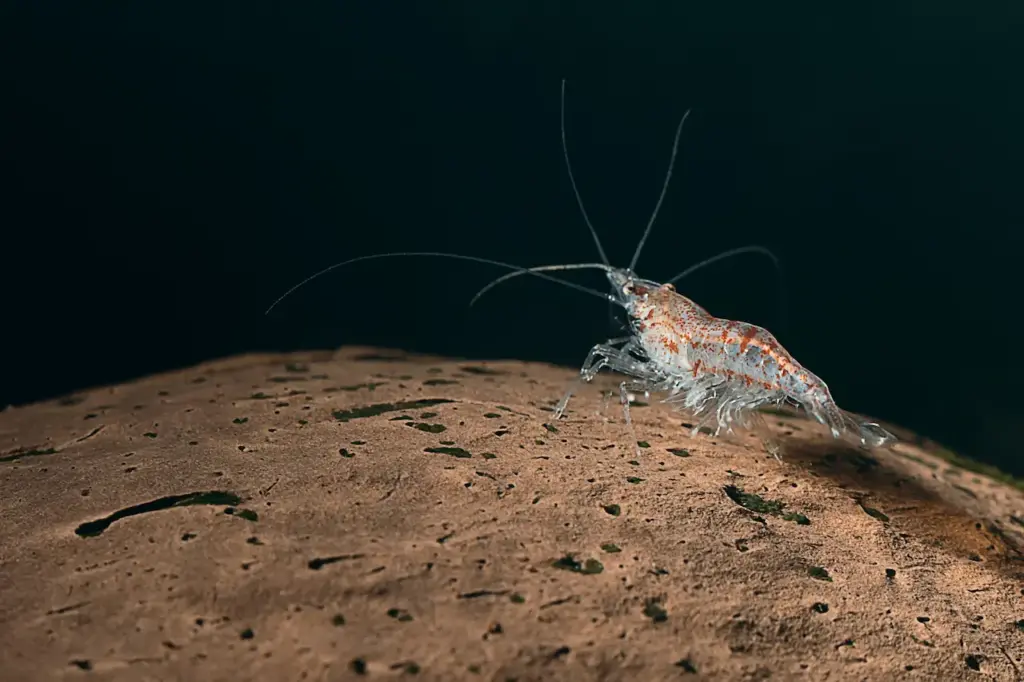
Phytoplankton
The primary component of the krill diet is phytoplankton. Phytoplankton are microscopic algae and cyanobacteria that drift in the ocean’s photic zone. Krill filter large volumes of water through their feeding baskets to collect these tiny plants and obtain carbohydrates, fats, and protein.
Zooplankton
Krill also consume small zooplankton like copepods, amphipods, and rotifers. Zooplankton are tiny aquatic animals. Krill are able to capture and eat zooplankton to gain additional protein, nutrients, and fats.
Detritus
In addition to phyto and zooplankton, krill also feed on marine snow and detritus. This includes feces, dead organisms, and other organic debris that sinks down through the water column. Krill are able to digest and filter out nutrition from detritus.
Larvaceans
Larvaceans are common zooplankton that create mucus houses to filter feed. Krill will eat both larvaceans and their abandoned mucus houses, which collect marine snow and phytoplankton.
Sponges
Some deep-water and undersea-floor species of krill have been observed feeding on glass sponges. The spicules of the sponges likely provide the krill with silica and other minerals.
Biofilms
Biofilms are thin layers of microorganisms that grow on underwater surfaces. Some evidence suggests that krill may be able to graze on biofilms growing on the sea floor or on floating debris.
So, in summary, krill are incredibly important consumers of primary production in the world’s oceans. As filter feeders, they consume phytoplankton and recycle nutrients through the water column.
They help transport energy and organic matter from the ocean’s surface to animals in deeper waters.
Importance of Krill in the Marine Food Web
Krill play a critical role in the marine food web as a key source of nutrition for larger animals:
- Primary consumers – Krill graze on phytoplankton near the base of the food chain
- Prey for animals – Krill provides the main food source for whales, seals, penguins, fish, and squid
- Nutrient transport – Krill migrate daily through the water column, transporting energy and nutrients
- Carbon export – Sinking krill feces helps export carbon to ocean depths
- Indicator species – Krill populations indicate overall marine ecosystem health
Declines in krill populations due to overfishing or climate change could have far-reaching impacts on predators and entire marine ecosystems.
Many Antarctic seabirds and mammals would struggle to find alternate food sources if krill stocks collapsed. Maintaining healthy krill populations is key for a balanced and productive marine food web.
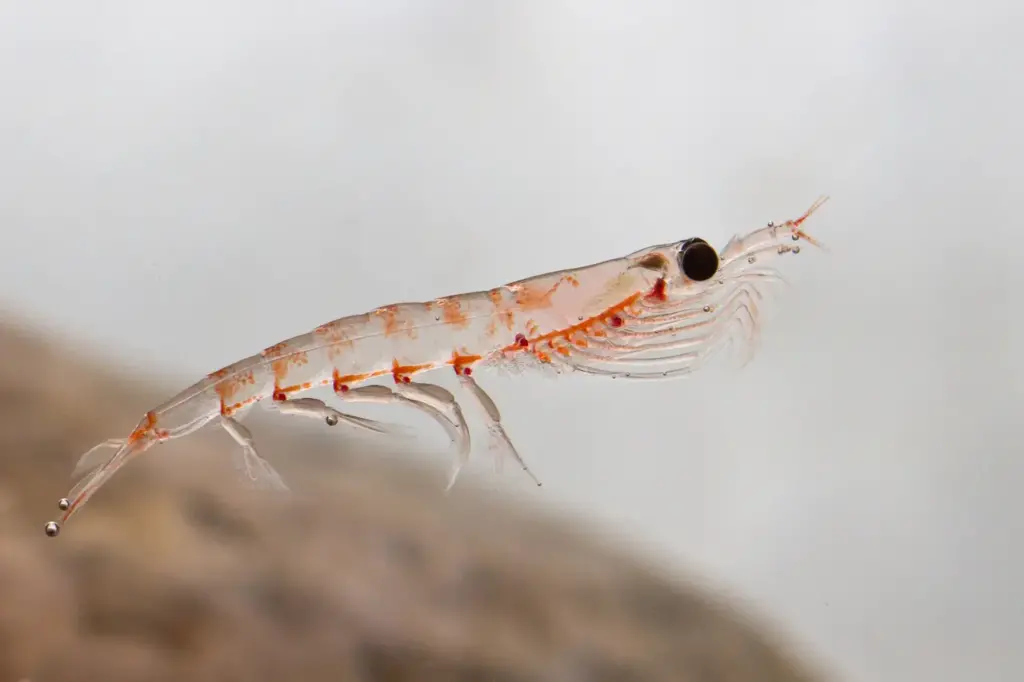
Threats Facing Krill Populations
Though abundant, some krill species now face threats that could impact their future numbers:
Overfishing
Commercial krill fishing took off in the 1970s and has accelerated in recent years. While regulated, it may exceed sustainable levels in the future. More krill fishing vessels with larger catches could deplete populations.
Climate change
Warming ocean temperatures and acidification may affect the phytoplankton that krill rely on. Loss of sea ice habitat also threatens krill that use it for feeding, nurseries, and predator avoidance.
Pollution
Toxins, plastics, oil spills, and other pollution can contaminate krill populations, especially in the more polluted northern oceans. Krill may ingest microplastics while filter feeding.
Prey switching
If climate change impacts key prey like krill, some predators may switch to alternate prey, which could decrease predation pressure on krill. However, this could impact food chains.
Clearly, maintaining healthy krill populations requires directly addressing threats like overfishing while also combating anthropogenic climate change.
Since krill play such a vital role as prey for apex predators and in cycling ocean nutrients, declines in their abundance could have far-reaching consequences.
Conclusion
Krill are small crustaceans that play an outsized role in the world’s marine ecosystems. They are a primary consumer of phytoplankton and zooplankton and are, in turn, prey for many species of whales, seabirds, seals, and fish.
By moving nutrients through the water column, krill provide nourishment for animals at all ocean depths. While still abundant, krill face an uncertain future due to commercial harvesting, climate change, pollution, and changes in predator diets.
Ensuring healthy krill populations remains an important goal for sustaining balanced marine food webs. Their tiny size belies the enormous part these creatures contribute to oceanic habitats.

